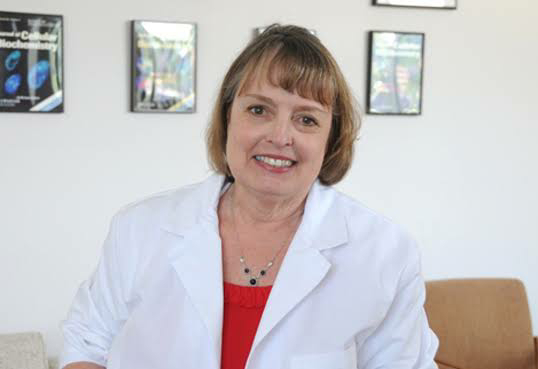UNDERSTANDING SEX CHROMOSOME ANEUPLOIDIES: A STUDY OF TURNER AND KLINEFELTER SYNDROMES
“𝓣𝓱𝓮 𝓬𝓱𝓪𝓵𝓵𝓮𝓷𝓰𝓮 𝓲𝓷 𝓼𝓽𝓾𝓭𝔂𝓲𝓷𝓰 𝓼𝓮𝔁 𝓬𝓱𝓻𝓸𝓶𝓸𝓼𝓸𝓶𝓮 𝓭𝓲𝓼𝓸𝓻𝓭𝓮𝓻𝓼 𝓵𝓲𝓮𝓼 𝓷𝓸𝓽 𝓲𝓷 𝓲𝓭𝓮𝓷𝓽𝓲𝓯𝔂𝓲𝓷𝓰 𝓽𝓱𝓮 𝓬𝓱𝓻𝓸𝓶𝓸𝓼𝓸𝓶𝓮𝓼, 𝓫𝓾𝓽 𝓲𝓷 𝓭𝓮𝓬𝓸𝓭𝓲𝓷𝓰 𝓽𝓱𝓮𝓲𝓻 𝓵𝓲𝓯𝓮𝓵𝓸𝓷𝓰 𝓮𝓯𝓯𝓮𝓬𝓽𝓼.” — Dr. Jeanne Lawrence
🧬 Sex chromosome aneuploidies (SCAs) arise from atypical numbers of sex chromosomes and influence both physical and cognitive development. Two of the most studied SCAs are Turner syndrome (45,X) and Klinefelter syndrome (47,XXY); each offering unique insights into how chromosomal differences shape human health.
🔹 Turner Syndrome affects females and typically results from a missing X chromosome. Common features include short stature, delayed puberty, and infertility, often accompanied by cardiovascular or renal anomalies. Variants such as mosaicism (45,X/46,XX) add complexity. Early diagnosis enables interventions like growth hormone and estrogen therapy, improving outcomes and quality of life.
🔹 Klinefelter Syndrome, affecting males with one or more extra X chromosomes (e.g., 47,XXY), manifests with tall stature, small testes, low testosterone, and infertility. Learning difficulties and psychosocial challenges such as gynecomastia and body image concerns are common. Hormonal therapy and tailored educational support play a vital role in management.
🔹 Both conditions emphasizes the hypercritical importance of early karyotyping, genetic counseling, and individualized care. Beyond the clinic, social and emotional impacts are profound, calling for increased public awareness, reduced stigma, and support networks for affected individuals and families.
🔬 Advances in genomic medicine; such as preimplantation genetic diagnosis (PGD) offer new possibilities for reproductive decision-making and early intervention.
⚠️ In an Oystershell, as we deepen our understanding of SCAs, we move closer to a future where those affected receive not only appropriate medical care, but also the respect, support, and opportunities they deserve.
Abubakar Abubakar ✍️
• Zinn AR, Ramos P, Fisher R, Ross JL. American Journal of Medical Genetics.
• Mehta A, Paduch DA, Bolyakov A, Schlegel PN. A review.
Journal of Andrology, 34(5), 675–682.
• Gravholt CH, Andersen NH, Conway GS, et al. European Journal of Endocrinology, Volume 177, Issue 3, Sep 2017.
• Bondy, C. A. (2007). Journal of Clinical Endocrinology & Metabolism, 92(1), 10–25.
• Bojesen, A., Juul, S., & Gravholt, C. H. (2003). Journal of Clinical Endocrinology & Metabolism, 88(2), 622–626.
• Van Rijn, S., Swaab, H., Aleman, A., & Kahn, R. S. (2008). Journal of Autism and Developmental Disorders, 38(9), 1634–1641.



